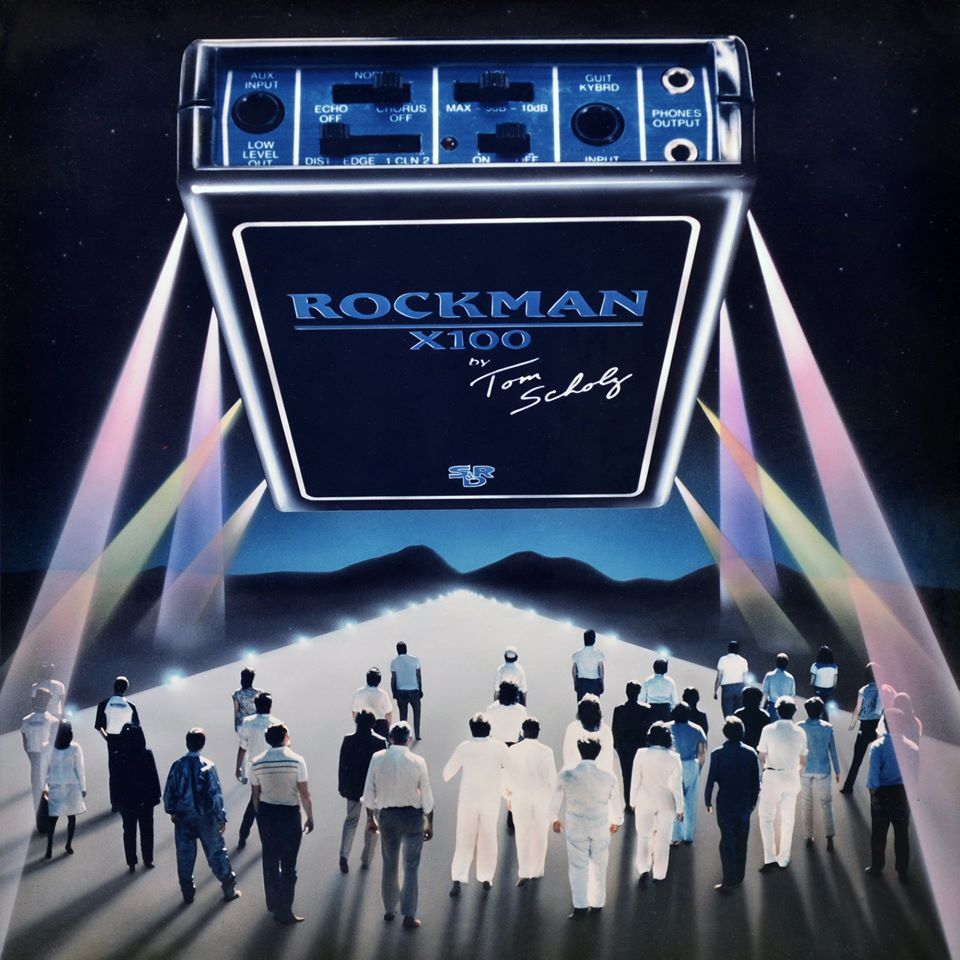A couple of weeks ago, we covered the Yamaha DX-7, the first somewhat attainable FM Digital Synth that helped define the sound of the 80’s. However, the DX-7 did not stand alone, as the decade progressed, another digital synth arrived in 1987, the second in the holy trinity (or unholy depending on how you view the decade) of 80’s synths, the Roland D-50.
Like the DX-7 did with FM Synthesis, the D-50 brought digital sampling subtractive synthesis to the masses, and thankfully a bit of warmth. The sound engine of the D-50 combined 8-bit PCM Samples with what Roland called LAS generated sounds (linear arithmetic synth). The attacks of the patches were the PCM samples with the rest of the sound coming from the LAS engine with subtractive-style synthesis and low-pass-resonant filters, which sounded somewhat analog and reintroduced warmth back into the decade. Some argue that the D-50 was one of the world's first virtual analog synths. It’s one of the first synths that had built in digital chorus and reverb, giving it a very big sound out of the box, with a joystick to manipulate timbre.
The results of this sound generation scheme were big percussive ethereal sounds and pads with a very out of this world sound that had never come before. It also had organ sounds that sounded like actual organs. What the DX-7 did for bass, the D-50 did for polykeys, leads and pads. It became pretty common to see DX-7’s and D-50’s together on different tiers of a synth rig, often with the third synth of the 80’s trinity from Korg, which we’ll explore in a later installment.
The D-50 was light years easier to program than the DX-7, but many of its presets were used and abused all over different genres, having achieved the same kind of iconic status as some of the DX-7 patches, with a few of them living forever within the General MIDI patch bank.
Also like the DX-7, when the 90’s showed up and reacted against 80’s gloss, it was cast aside, but it is undeniable that its sound was all over the late 80’s and into the early 90’s, and if you have any nostalgia for that era of music, you’ve bobbed your head to it, or experienced some of its Pure Moods.
Let’s put on some shoulder pads, and surf the sound of some D-50 patches.
Enya - Orinoco Flow
This is rocking the Pizzagogo patch. Really, that's what the patch is callled.
George Michael - Faith
The pipe organ is not a pipe organ, it's the D-50 Pipe Organ.
Michael Jackson - Man in the Mirror
The intro is the Afterthought patch.
Mr. President - Coco Jambo
This is the Living Calliope preset. This song wasn't that big in the US, but it was everywhere else.
Go West - King of Wishful Thinking
The horn section of this song is the D-50 Horn Section.
OMD - Dreaming
This song is basically DX-7 and D-50.
Paula Abdul - Straight Up
Here's those D-50 horns again. Because these horns are pretty dry, this is the first example that sounds like an analog brass patch. We weren't making that whole first VA thing up.
Phil Collins - Another Day in Paradise
Don't think twice, it's Phil on a D-50.
Sabrina - Boys (Summertime Love)
There's a wee bit of controversy that this is actually a DX-7 because on some live videos you see a DX-7 on stage, but we're pretty convinced the brass section is the number 15 Horn Section patch on the D-50.
The Bangles - Hazy Shade of Winter
Intro pad, organ, and horns are all D-50.
What a decade (although Coco Jambo was firmly in the 90's, Europe was late on the whole grunge thing...).



